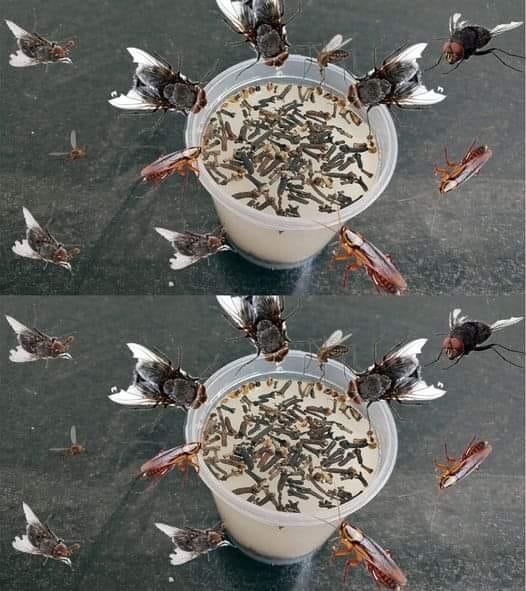4. Plugging One Power Strip Into Another
Known as “daisy-chaining,” this dangerous practice can overload your circuit and dramatically increase the chance of a fire. Power strips should always be plugged directly into the wall — never into each other.
❌ The Most Dangerous Mistake: Poor Placement
Where you place your power strip is just as important as how you use it. Unfortunately, this is one of the most frequently overlooked hazards.
Avoid Damp or Humid Areas: Never use power strips in bathrooms, kitchens, or basements with high humidity. Even small amounts of moisture can lead to short circuits or electrical fires.
Don’t Place Them Near Windows: Rain can blow in through open or improperly sealed windows. A soaked power strip is a serious fire risk — even if it’s only damp.
Keep Away from Heat Sources: Radiators, space heaters, and sunny windowsills are no place for a power strip. Excessive heat can degrade the wiring or melt the casing.
Ideal placement: Always keep power strips in dry, well-ventilated areas, away from any source of water or direct heat.
✅ Smart Safety Habits
Unplug When Not in Use: If you’re heading out or going to bed, unplug the strip or switch it off (if it has a built-in switch). This not only saves energy but also minimizes fire risk.
Use Surge Protectors When Possible: They offer added protection during power spikes or lightning storms.
Bottom Line
Power strips are convenient — but they’re not foolproof. Buying a high-quality model, avoiding overloads, placing it safely, and keeping it dry can go a long way in preventing accidents. One simple misstep, like leaving it near a window or using it in a damp area, could result in disaster.
A little caution today can prevent a serious hazard tomorrow.






